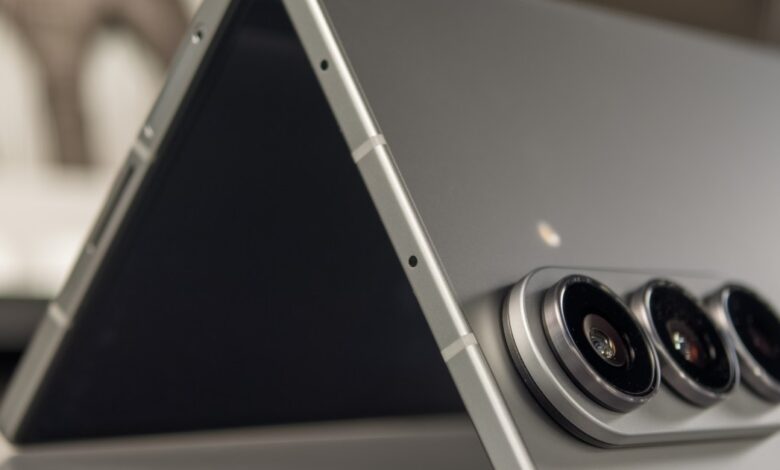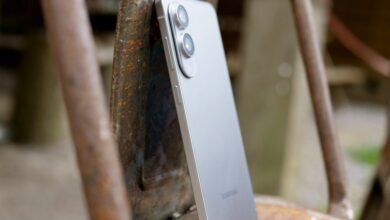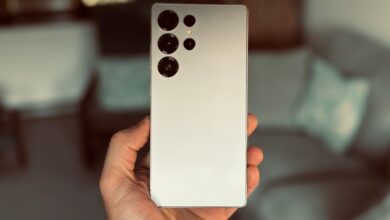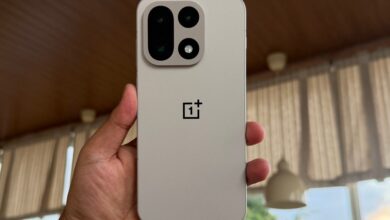Foldable iPhone Could Captivate Users Even with Samsung’s Lead

Rumors of a Foldable iPhone Heat Up
The buzz surrounding a potential foldable iPhone is intensifying, with numerous insiders sharing insights about apple's plans in this area. Many analysts suggest that the much-anticipated iPhone fold could debut in 2026. This timeline leaves us with just over a year to speculate. However, considering that brands like Samsung, Oppo, and Google have already released foldable devices for several years, why would Apple choose 2026 as its entry point into the flexible phone market?
For me, it all boils down to display technology—and history may be repeating itself here.
The Latest Speculations on Apple's Foldable phone
While these claims are still largely unverified, here's what the rumor mill is suggesting about Apple's possible folding device:
Why does this matter? To understand why Apple has yet to dive into the foldable market, we need to look at its approach to form factors.
The company only introduced OLED screens in its smartphones back in 2017 with the launch of the iPhone X. Despite OLED displays being praised for their stunning visuals long before then, Apple took its time adopting this technology.
I recall reviewing one of the first phones equipped with an OLED screen: Samsung's Wave from 2010. This device predated Samsung's Galaxy S series and left me amazed by its vibrant colors and deep blacks. Watching videos on that screen was an exhilarating experience.
However, while OLED displays offer extraordinary color quality and contrast ratios compared to LCDs, they also come with challenges—such as lower brightness levels and higher manufacturing costs. Additionally, there's always been concern over screen burn-in where static images can leave permanent marks on displays.
A Closer Look at Apple's Strategy
If Apple does plan to release a foldable phone next year as rumored, it makes sense that they would wait until now given how long it takes component manufacturers to develop flexible glass and integrated touch sensors up to their standards.
The cost of production has historically posed challenges for achieving high-quality displays without breaking the bank; however, advancements in manufacturing processes suggest we're nearing a point where creating viable products will become more feasible financially.
Recent reports indicate increased investment from suppliers like Fine M-Tec aimed at enhancing their methods for producing crease-free screens—a standard Apple likely won't compromise on when developing their device.
A resolution rumor claiming an impressive 428 PPI (pixels per inch) for the internal display raises some eyebrows; that's quite high compared even to devices like the iPad mini which sits around 330 PPI or even Samsung’s latest Galaxy Fold model offering approximately 370 PPI.It seems unlikely that Apple would settle merely for competitive specs; perhaps they've waited so long just so they can boast having one of the sharpest foldable screens available—or maybe these figures are exaggerated?
Puzzling Design Choices Ahead
An intriguing aspect I’m eager to see unfold involves rumors regarding a front display measuring only 5.5 inches—similar in size to what we saw with last year's iPhone Mini models which were ultimately phased out due largely due larger devices gaining popularity among consumers.
While many users still express interest in smaller smartphones today—it’s curious if Apple intends on revisiting such dimensions after previously moving away from them altogether!
I find myself skeptical about another rumor concerning an under-screen selfie camera making its way onto this new model anytime soon—the latest iteration of Samsung's Galaxy Fold doesn’t feature one despite earlier versions attempting this tech! Instead opting instead towards maintaining superior image quality through traditional cutouts rather than sacrificing performance just for aesthetics.
Apple hasn’t budged under pressure either when it comes down dropping Dynamic Island features found within current smartphone lines—these elements could easily be placed beneath surfaces but would likely result poorer overall picture quality than existing designs provide!
The Road Ahead: What Can We Expect?
If indeed we see something resembling an “iPhone Fold” hit shelves come early twenty-sixteen then expect production efforts ramping up shortly thereafter leading into more leaks surfacing along way!
There remain numerous unanswered questions surrounding aspects such refresh rates or software compatibility—is there potential hybridization between operating systems whereby outer interfaces run off IOS while inner ones utilize IPad OS?
The answers will undoubtedly shape how consumers perceive future iterations as folding phones represent perhaps final frontier left unexplored within smartphone design evolution—what unique features might set apart whatever product emerges from Cupertino?
And don't forget! NoveByte might earn a little pocket change when you click on our links helping us keep this delightful journalism rollercoaster free for all! These links don’t sway our editorial judgment so you can trust us. If you’re feeling generous support us here!





